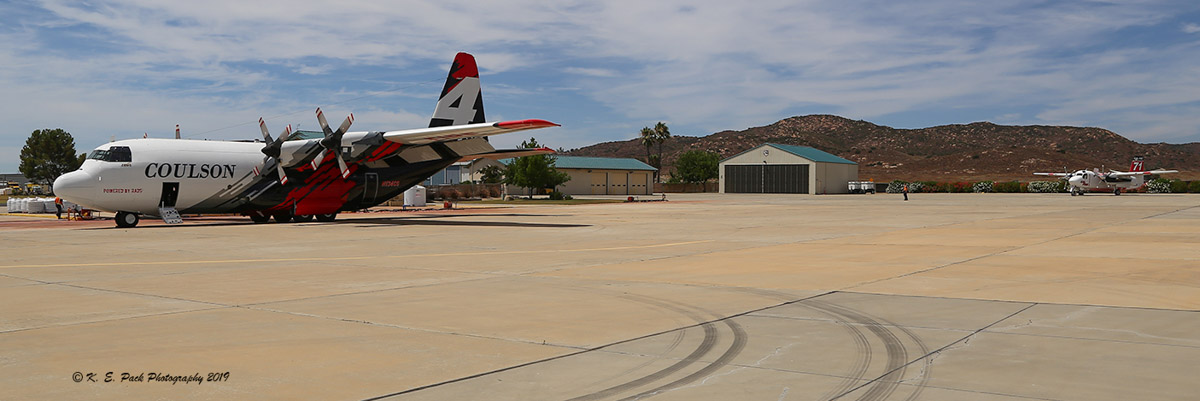September 25, 2020 | 5:23 p.m. MDT

This article was first published at Fire Aviation September 24, 2020
The Australian Transport Safety Bureau (ATSB) has released an interim report about the January 23, 2020 crash of a C-130, Air Tanker 134, that killed the three crewmembers on board. This follows the preliminary report the agency issued in February, 2020. The aircraft was known as Bomber 134 (B134) in Australia.
“The interim report does not contain findings nor identify safety issues, which will be contained in the final report. However, it does detail the extensive evidence gathered to date, which has helped ATSB investigators develop a detailed picture of this tragic accident’s sequence of events,” said ATSB Chief Commissioner Greg Hood.

It was very windy on January 23, with a forecast for the possibility of mountain waves. Before the incident a birddog, similar to a lead plane, and Bomber 137 (B137), formerly Tanker 138, a Boeing 737 that Coulson sold to New South Wales, was tasked to drop on a fire in the Adaminaby area. Based on the weather the birddog pilot declined the assignment. After B137 made a drop on the fire, the crew reported having experienced uncommanded aircraft rolls up to 45° angle of bank (due to wind) and a windshear warning from the aircraft on‑board systems.
After completing the drop, the B137 crew sent a text message to the birddog pilot indicating that the conditions were “horrible down there. Don’t send anybody and we’re not going back.” They also reported to the Cooma FCC that the conditions were unsuitable for firebombing operations. During B137’s return flight to Richmond, the Richmond air base manager requested that they reload the aircraft in Canberra and return to Adaminaby. The Pilot in Command (PIC) replied that they would not be returning to Adaminaby due to the weather conditions.
B134 was dispatched to the fire at Adaminaby. While they were in route, the PIC of B137 called to inform them of the actual conditions, and that B137 would not be returning to Adaminaby.
After arriving at Adaminaby the PIC of B134 contacted the air operations officer at the Cooma FCC by radio and advised them that it was too smoky and windy to complete a retardant drop at that location. The Cooma air operations officer then provided the crew with the location of the Good Good Fire, about 58 km to the east of Adaminaby, with the objective of conducting structure and property protection near Peak View. Again, there was no birddog operating with the air tanker.

Analysis of a witness video confirmed that the aircraft initially established a positive rate of climb and was banking to the left following the retardant drop, the report details. Continue reading “Report released for fatal crash of C-130 air tanker in Australia”










